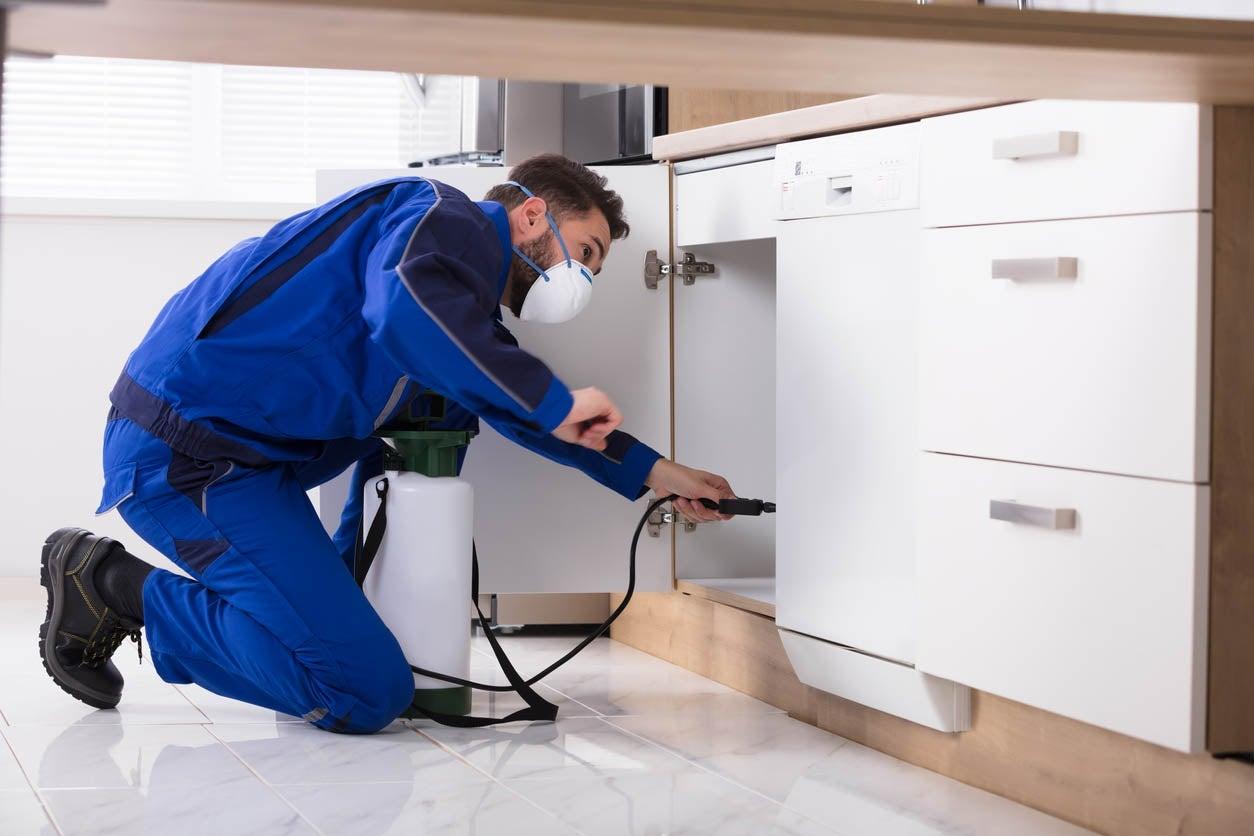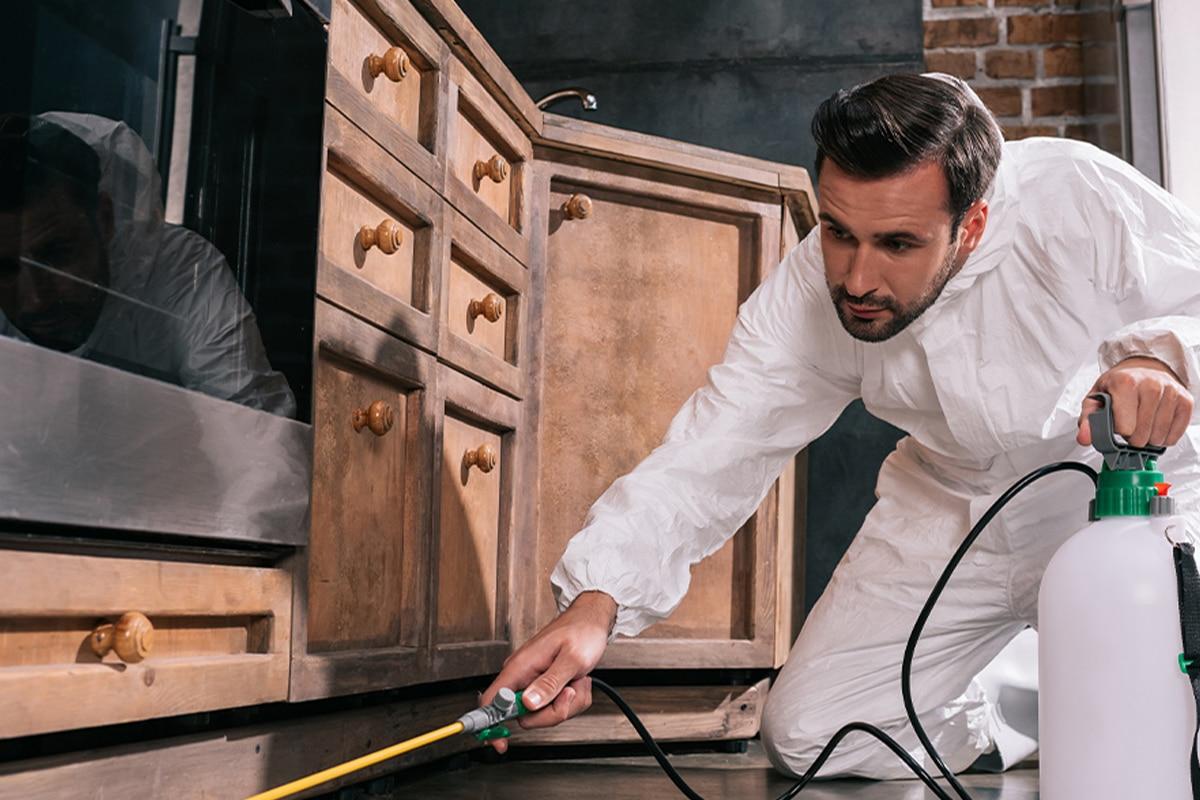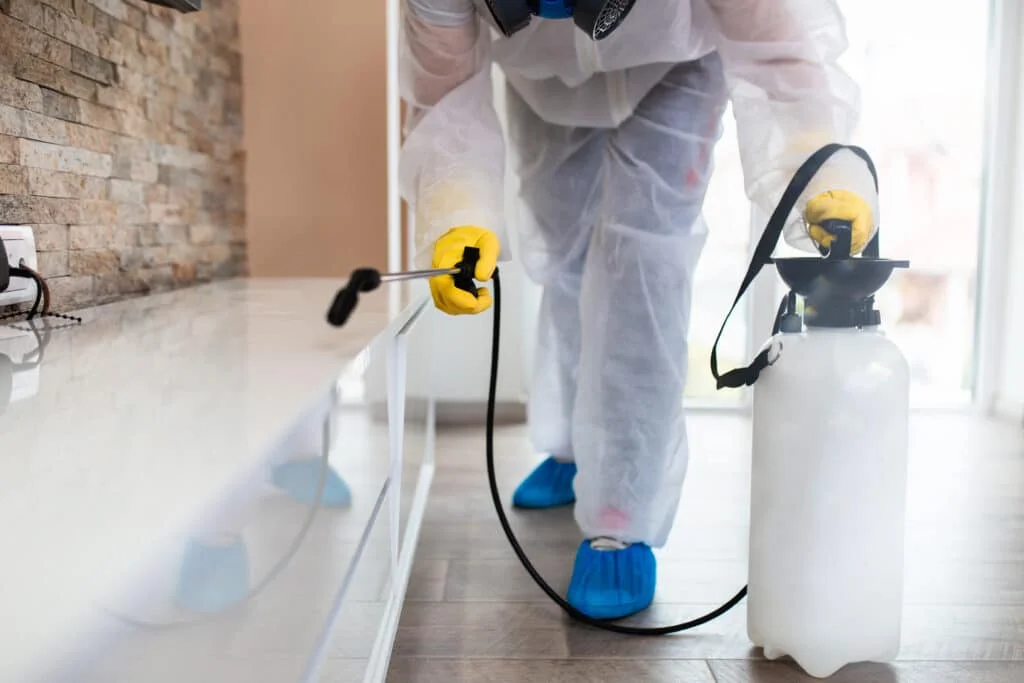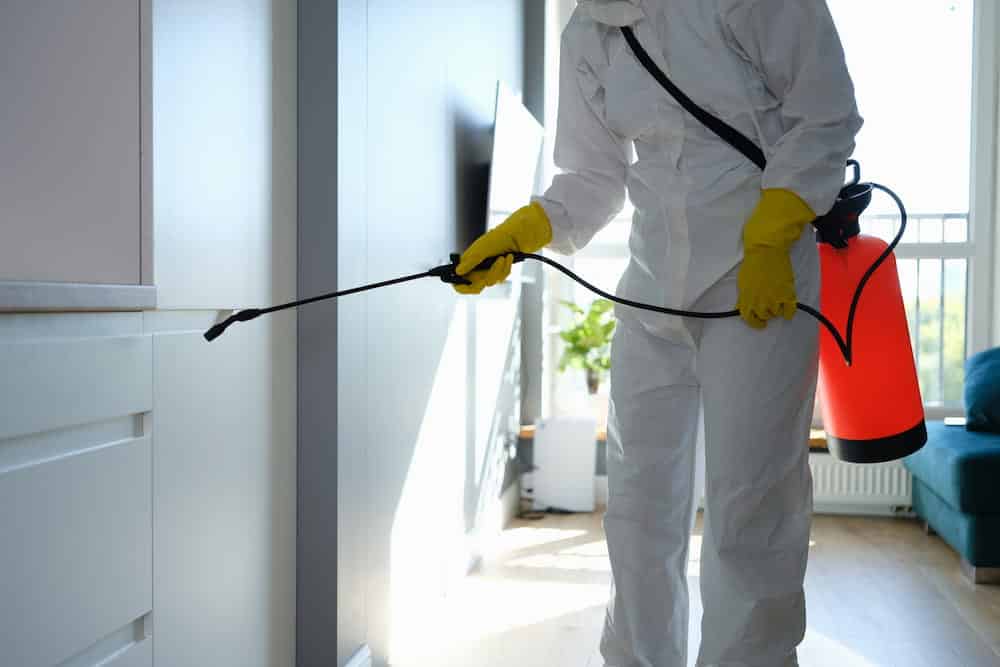
Bed Bugs pose a significant global challenge, being highly transmissible and rapidly multiplying. Managing Bed Bug infestations is exceptionally challenging due to their quick proliferation, necessitating the involvement of professionals for effective pest control services. In this discussion, we will delve into the life cycle of Bed Bugs.

Understanding Bed Bugs:
Bed Bugs, scientifically referred to as Cimex lectularius, are diminutive parasitic insects that subsist on the blood of humans and other warm-blooded creatures. These insects possess a flattened, oval structure with a reddish-brown hue and attain a size comparable to that of an apple seed upon reaching full maturity. Operating predominantly during the night, Bed Bugs are inclined to conceal themselves within fissures and crevices in bedding, furniture, and sleeping areas.

Bed Bugs’ Life Cycle Overview
- Bed bugs have a specific life cycle with various stages.
- Female bed bugs can lay 200 to 500 eggs in batches of 10 to 50 eggs.
- Eggs start pale and turn darker as they become larvae.
- Female bed bugs need blood meals before eggs hatch.
- Eggs are placed in cracks, adhering to translucent substances.
- Bed bug life cycle has 7 stages from egg to mature adult.
- Lifespan varies from 50 days to over a year based on environment.
- Bed bugs can survive without feeding for a week to months.
- Anesthetic helps them feed unnoticed.
- Life cycle: egg, nymph, adult.
- Eggs are milky white, 1mm in size, laid daily.
- Nymphs hatch and undergo 5 moulting stages.
- Nymphs are smaller and change colour as they mature.
- The transition from nymph to adult takes about 5 weeks.
- Bed bugs feed at night, avoiding disturbances.
- Shed skins reveal moulting stages.
- After feeding, bugs leave dark stains.
- A flattened body allows hiding in various places.

9 Key Indicators for Recognizing Bed Bug Infestation
The following are prevalent clues to assist you in ascertaining whether a bed bug control infestation is present:
- Bite Impressions: Bed bug bites frequently manifest as minor, red, itchy marks on the skin. They might appear in linear arrangements or clusters. Nonetheless, relying solely on bites as evidence is inconclusive, as similar reactions can be triggered by other insects or skin conditions.
- Active Insects: Observe for live bed bugs in and around areas designated for sleep. Adult bed bugs possess a reddish-brown hue and are approximately the size of an apple seed. They feature a flat, oval form with six legs. Immature bed bugs, known as nymphs, are smaller and possess a lighter colouration.
- Discarded Exoskeletons: While bed bugs develop, they moult their outer shells. Seek out vacant exoskeletons, frequently located close to their hiding spots.
- Blood Traces: If you’ve been bitten, it’s possible to inadvertently crush a bed bug while shifting during sleep, causing small blood smears on your sheets or pillowcases.
- Fecal Imprints: Bed bugs release fecal matter, resulting in tiny dark brown or black marks on bedding, mattresses, or nearby surfaces. These spots often resemble minuscule ink droplets.
- Egg Cases: Bed bugs lay diminutive, pale eggs that are challenging to discern with the naked eye. These eggs are often clustered and may be situated in the seams, gaps, or joints of furniture and bedding.
- Musty Fragrance: Certain individuals associate a musty or sweet aroma with locations experiencing a notable bed bug infestation. This scent emanates from compounds discharged by the bed bugs.
- Concealment Locations: Bed bugs possess adept hiding skills. Scrutinize the seams, folds, and crevices of mattresses, box springs, bed frames, headboards, and other furnishings near slumber areas.
- Additional Sites: Although beds are commonly linked to bed bug presence, they can also infiltrate other areas within a residence, such as sofas, chairs, drapes, and even the spaces behind picture frames or electrical outlets.

9 valuable suggestions for effectively dealing with a bed bug issue:
Consider enlisting the expertise of a professional pest control services specialist to thoroughly inspect and confirm the presence of these pests.
- Isolate Infested Items: Items that have been identified as infested should be placed in plastic bags and exposed to the sun outdoors for several hours. The elevated heat can aid in the elimination of bed bugs.
- Approach Pesticides Cautiously: Although do-it-yourself pesticide sprays are accessible, they often prove ineffective against bed bugs and improper usage could pose health hazards. If opting for pesticides, adhere closely to the provided instructions and consider seeking advice from a professional pest control specialist.
- Consider Professional Intervention: In numerous cases, professional pest control is the optimal solution to eliminating a bed bug infestation. Pest control experts possess specialized equipment and treatments that are more successful in eradicating bed bugs. Techniques such as heat treatments, steam treatments, and precise insecticide applications might be employed.
- Maintain Vigilance and Repeat if Necessary: Even post-treatment, it is crucial to remain vigilant for any signs of bed bug activity and be prepared to conduct further treatments if required. The resilience of bed bug eggs might necessitate multiple treatments to eliminate the infestation.
- Prevent Future Infestations: Following the successful eradication of a bed bug problem, implement measures to thwart re-infestation. Exercise caution when acquiring second-hand furniture, thoroughly inspect hotel accommodations during travel and uphold excellent hygiene and cleaning habits within your living spaces.
